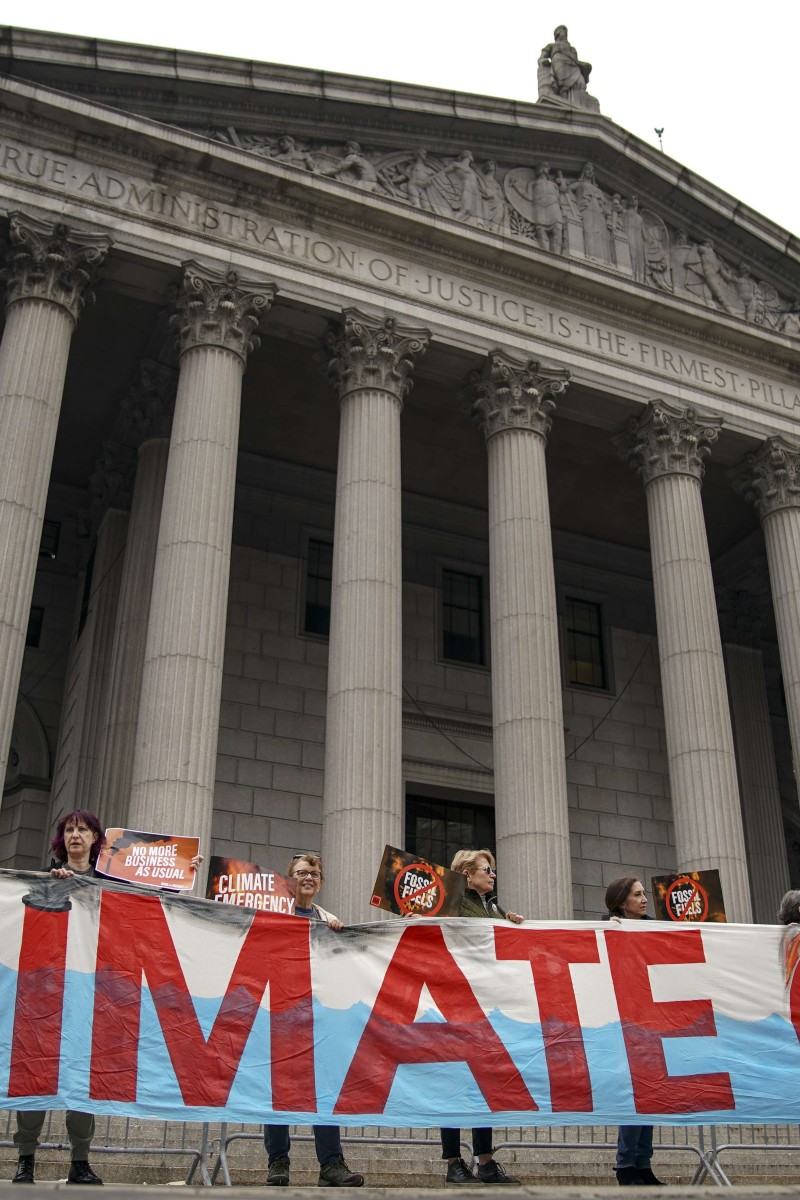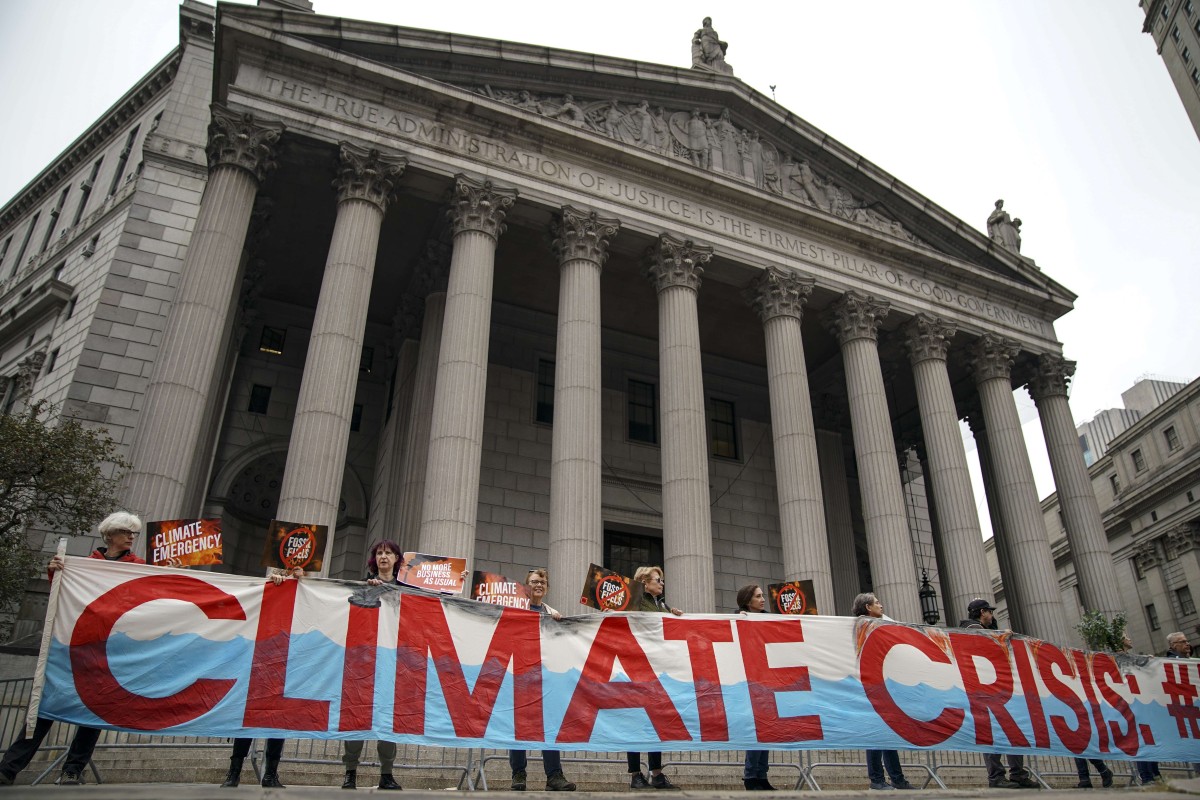
Op-ed: To Tackle Climate Change, the (Industrial) Heat Is On
Heavy industries, such as manufacturing cement and steel, generate 22 per cent of global greenhouse gas emissions, yet they are absent from climate conversations
 The climate fight has started targeting polluting enterprises, such as oil and gas companies.
The climate fight has started targeting polluting enterprises, such as oil and gas companies. Climate change has become big news – and rightly so. Scientists have delivered important reports about its urgent dangers, political leaders have made pledges to fight it, and youth climate activists have marched in the streets. New ideas about electric vehicles, renewable energy, sustainable agriculture and adaptation will enrich the conversation about climate action. But one critical topic isn’t discussed enough: industrial heat.
Most people have no experience with heavy industry – such as manufacturing cement, steel, fuels, chemicals and glass – so they don’t know about its effects on the climate. But these processes generate 22 per cent of global greenhouse gas emissions, with industrial heat alone releasing 10 per cent. Despite its role, heavy industry is conspicuously absent from climate conversations.
11-year-old climate activist asks, why worry about development when there's no future?
Industrial products are essential for construction, infrastructure and manufacturing, but making them requires a lot of heat and this emits more carbon dioxide than all the world’s cars and planes.
Many industrial processes start with melting rocks by burning fossil fuels. To make glass, for example, you melt sand and pour it on melted tin. This needs heat and that heat is needed every day. Few alternative processes make enough heat on demand. But the situation isn’t hopeless.
Climate change and human action: what these Hong Kong students learned in Madagascar
The Centre on Global Energy Policy at Columbia University in the US has compared most of the available alternatives (nuclear, hydrogen, electrification and biofuels) on the basis of viability, cost and environmental effect. Carbon capture, use and storage is essential to reducing carbon emissions from heavy industry. Our analysis shows it’s more affordable than almost any other option. Carbon capture also supports the production of one of the most viable and versatile low-carbon fuels: hydrogen. Most hydrogen – 95 per cent worldwide – is made by reforming natural gas and steam molecules at high temperature (which itself consumes lots of heat). It’s possible to capture 50-90 per cent of the carbon dioxide from hydrogen production and keep it from the air and oceans forever. This is already being done commercially at four sites worldwide (soon to be six).
This low-carbon hydrogen, known as “blue” hydrogen, is available on a large scale and can reach temperatures of 2,200 degrees Celsius at many sites today. Using this method would drop emissions overnight.
It would also create future opportunities for “green” hydrogen, made from zero-carbon electricity and water. As renewables become cheaper and more reliable, we can begin to swap green hydrogen for blue hydrogen, based on cost, performance and carbon footprint.
Our study shows more and better options are required. Certainly, the US can lead the world on this matter. It has a strong record on innovation and enormous resources that provide low-cost feedstocks and abundant energy.
Industrial heat is the next frontier, and nations that lead this charge will thrive in a carbon-constrained world. Those that don’t, won’t. It’s our call whether the US will lead here as we have before.
Julio Friedmann is senior research scholar at the Centre on Global Energy Policy, Columbia University